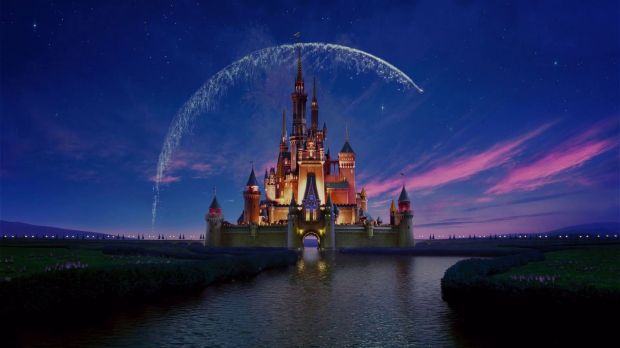The essay of Elite mobilities focuses on how tourism (re)organizes inequalities and privileges. A movie could be seen as a trip for the mind: you see the movie and get sucked into that time and place. Therefore, a movie could also be seen as a type of thirdspace, the place where everything comes together. Movies such as Disney films, are presented to young children all over the world and shape them as a person. They set values, expectations, … because often Disney princesses and other characters are viewed upon as role models. I wondered how classes of society, if there are any, were portrayed in Disney movies.

Being born in the nineties, in the year the second movie of The Rescuers was launched, I am a direct product of the Disney madness. I fully lived through the Disney revival; memorized songs and dialogues to proudly dictate them to my friends on the playground. Even though I (and most people) always thought of Disney movies as innocent, it is scary to think that millions and millions of children and people over the world are watching scenes that do not offer an open minded or neutral view to issues such as class, gender, and ethnicity.
Let’s take a closer look at this whole new world of how Disney presents the different classes in their movies. The article on Elite mobilities doesn’t focus on gender, racial inequality (whiteness) and masculinity, it simply mentions the existence of previous studies on the topic. Even though I won’t go into detail on the subject, it is not to be neglected to further look into those aspects. I will devote an entire blogpost on how spaces in Disney movies reflect inequalities.
Being such a wide subject, it is hard to stay on topic. I will try not to elaborate too much, but there has been written a lot on the subject. Especially on gender (masculinity), and whiteness as keys to success. How social classes, and especially elite classes, are presented in spaces, hasn’t been discussed as far as I can find, so I will look into that myself. My main focus will be on the Princess movies, since they are mostly viewed upon as the ‘Disney Classics’.
Sources:
Cox, C. (26 January 2016). Disney princess linguists. Retrieved from http://www.themarysue.com/disney-princess-linguists/
Malfroid, K. (2009). Gender, Class and Ethnicity in the Disney Princesses Series. (thesis). Universiteit Gent, Gent, België.
Leek, C. (13 October 2013). Masculinity and disney gender problem. Retrieved from https://thesocietypages.org/sociologylens/2013/10/16/masculinity-and-disneys-gender-problem/
Tatar, M. (1999). The Classic Fairytales. New York, NY: W.W. Norton & Co.
Thurlow, C., & Jaworski, A. (2012). Elite mobilities: the semiotic landscapes of luxury and privilege. Social Semiotics, 22(4), 487-516.
Wagner, A. (30 March 2012). Issues of class in Disney. Retrieved from https://andrewrwagner.wordpress.com/2013/03/30/issues-of-class-in-disney/